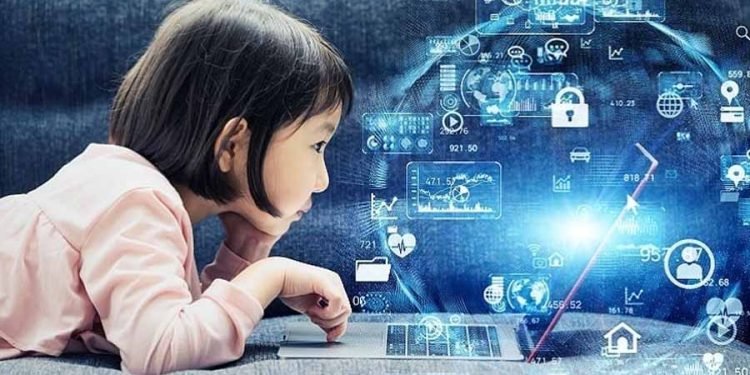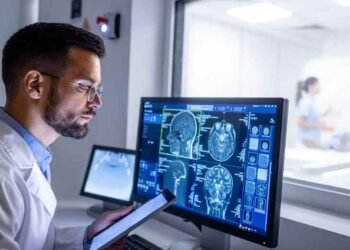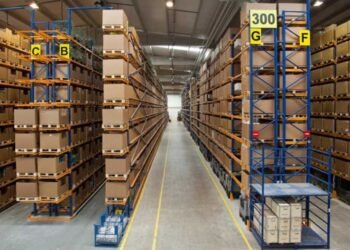Education technology has been making waves regarding the facilitation of learning in schools, particularly among children of a younger age. Edtech became a lot more central to academic learning during the Covid pandemic. Still, the trend is only moving upward and the applications of technology oriented teaching theory are predicted to continue exponentially in the future. Here is how to use education technology effectively and fairly comprehensively.
Getting Them Interested
No teacher can say that they haven’t at one point or another struggled with maintaining student interest in their lessons. The younger the students are or the more academically dry the subject is, the greater the challenge. Edtech can be used to create new obstacles to be solved creatively by students and to garner interest in lessons. Today’s average child is over-stimulated by media, movies, social media, the internet and all manner of visual content so they are less likely to respond to a non-interactive or simply written text-oriented teaching style.
The teacher or educator depending on the subject and the lesson can combine various techniques from slides to video clips, to virtual tours to 3D models in order to get the required concepts and theories to hit home and for students to have a better learning experience and overall retention of the material. The more reliant a teacher is on notes, the whiteboard or a point by point lecture, the more absenteeism and lack of motivation they will see in the classroom.
Giving Students Free Rein With Expression
Edtech creates a viable way for students to have more than the traditional routes to create assignments or demonstrate their understanding of different concepts. Teachers can give free rein to students to use any medium whether it is video, audio, physical models, photo journals, written blogs and so forth to submit term projects or homework assignments. Edtech is also slowly revolutionizing how students can be tested as it makes allowance for individual abilities and learning capabilities rather than encouraging a generic standard testing system which only certain students excel in.
Feedback portals created by edtech can have a trickle-down effect on teaching methodologies as well as the majority opinion from students can determine which mediums are more effective to learn certain subjects. Students may decide for example they want to learn historical events like battles primarily from virtual field trips or simulation activities as opposed to textbooks.
Teach Practical Skills
The school environment of a couple of decades ago was markedly different from the edtech oriented and technologically evolving system of today. Teachers realize the value of practical skills particularly as they relate to the use of basic and daily technology in the lives of students as opposed to testing them on theory in textbooks. Skills like researching topics on the internet, making presentations, using excel sheets, working on collaborative skills on online platforms, copywriting and so forth are all singularly important ones to have for younger students due to the myriad of applications.
The future is seemingly entirely online and artificial intelligence based regardless of profession choice so if younger students are instructed in the basics of programming, robotics, blogging, making video content or even graphic designing, they can build up on these skills as they grow up and land more competitive jobs or fulfilling careers.
Edtech offers the chance for public school children or remote learners to access instruction for these skills as more expensive schools will have made the investment in learning materials the way a public school may not have. Learning poverty is a very real 21st Century issue and edtech has a plethora of advantages for overcoming the gaps between communities and students regardless of social status.
Augmented Reality
Schema is the idea that prior knowledge aids in thorough understanding of a newer concept. For obvious reasons younger students do not have the ‘experience’ aspect to add to their learning. Augmented reality edtech programs can simulate real life environments and give students experience that will undoubtedly add to their learning.
Whether students are studying science or social studies or history, virtual reality equipment and programs can put them within viewing distance of such phenomenon which will allow them to think critically and creatively and find each concept immensely interesting. As students get older they can learn how to design virtual reality and many beginner programs are being incorporated in some classrooms keeping this aim in mind.
Digital Classrooms
There are many flaws associated with a physical classroom as many important pointers can get missed, homework details can get misplaced and students can get left behind if they fall ill etc. A digital classroom set up is very flexible and versatile as students have excellent accessibility of learning materials, they can receive feedback from teachers, communicate their problems, revise material, and access a different medium for the same concept ultimately leading to improved learning.
Edtech digital classrooms have an organizational system in place so students can check new homework assignments being uploaded and when they will return checked and the components that go into each grade and how they can improve themselves and their grade. Digital classrooms further connect to online learning resources and apps.
Translate To Objects
Edtech aids in the designing of 3D models and objects that can supplement the understanding of scientific principles for example. Schools that invest in equipment like a poster printing machine will be able to sustain a lot more educational activities like school events such as debates, plays, festivals and so forth which are wonderful for building the social and organizational skills of students.
Customize The Learning Experience
Each student is different and they respond to different teaching methods. With edtech, an educator can adapt the teaching methodology or approach from student to student. For example one student can be made to absorb entirely visual media aids for learning while another may be directed towards augmented reality. There is a great allowance for the needs of special students in many edtech programs to make education inclusive for everyone.











